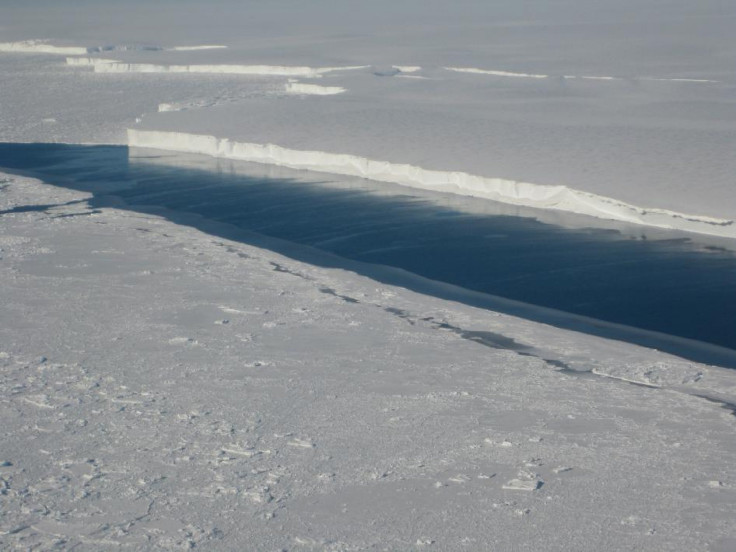Antarctic Ice Meltdown: Warm Ocean Waters Lead To Ice Shelf Mass Loss From The Underside

Warm ocean waters are melting most of Antarctica’s ice shelves from the underside, states a new study that is tipped to change scientists’ perspective on the evolution of the ice sheet in a warming climate.
Scientists have conducted an extensive study of all Antarctic ice shelves and found that warm ocean water currents melted 55 percent of all Antarctic ice shelves between 2003 and 2008. The amount exceeded what scientists previously estimated, according to a study conducted by NASA and university researchers.
Calving of huge icebergs was previously thought to be the main reason for diminishing Antarctic ice shelves. But a new study published in the journal Science has proved that belief wrong.
Scientists examined reconstructions of ice accumulation, data on ice thickness obtained from satellite and aircraft readings, changes in elevation and ice velocity to find out how fast ice shelves melt. The results were compared with similar findings related to calving of icebergs and found out that “basal melt” or ice melting from the underside is much larger.
In total, Antarctic ice shelves lost 2,921 trillion pounds (1,325 trillion kilograms) of ice each year between 2003 and 2008 because of ice melting from the bottom. On the other hand, iceberg formation caused 2,400 trillion pounds (1,089 trillion kilograms) of ice shelf mass loss each year during the same period.
"Our study shows melting from below by the ocean waters is larger, and this should change our perspective on the evolution of the ice sheet in a warming climate,” Eric Rignot a researcher with NASA's Jet Propulsion Laboratory in Pasadena, Calif., and a professor with the University of California, Irvine, said.
Scientists said large quantities of fresh and light water get released near the Antarctic coastline due to basal melt. This is low-density water that does not mix and sink like cold and saltier water, which may alter the rate of water renewal underneath.
The study also found that basal melting in Antarctica is randomly distributed around the continent.
Three huge ice shelves -- Ross, Filchner and Ronne -- making up two-thirds of the continent’s ice-shelf area, accounted for only 15 percent of basal melting. But nearly 12 small ice shelves floating on warm waters caused half of the total water melt during the period.
Scientists observe that the melting of ice shelves does not mean they are decaying and that, in fact, ice flow from glaciers seems to provide the requisite compensation. However, scientists are worried as ice shelves are melting too fast in many parts of Antarctica, “and a consequence of that is the glacier and the entire continent changing as well.”
© Copyright IBTimes 2024. All rights reserved.












